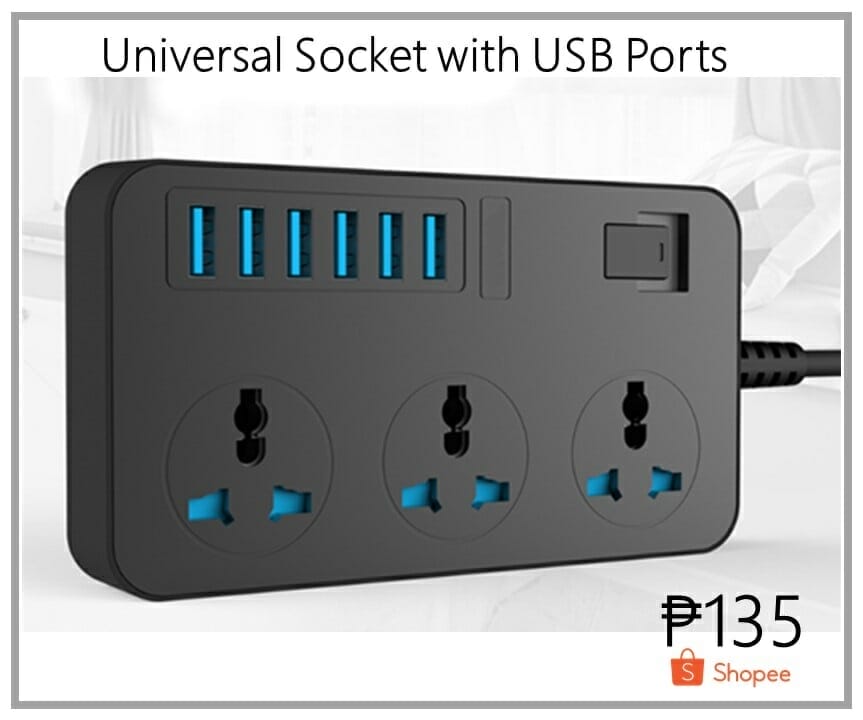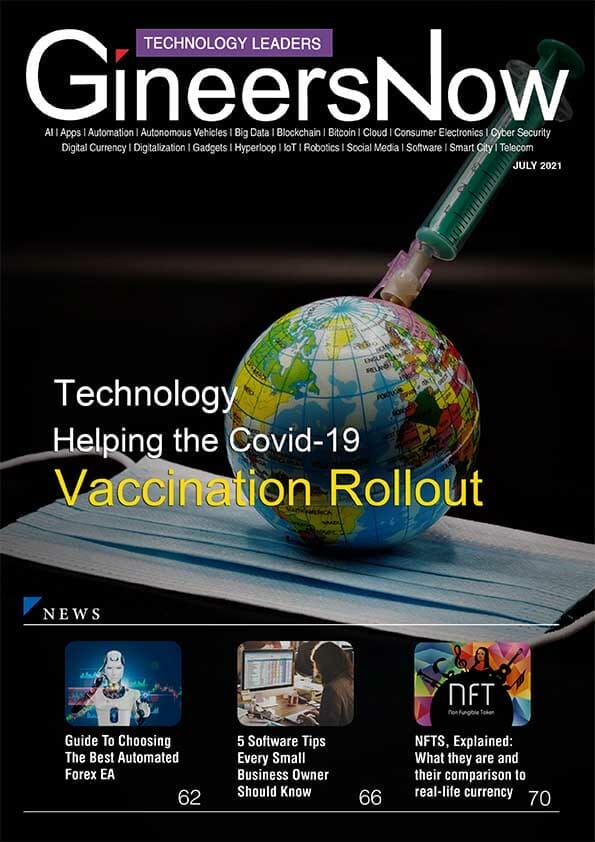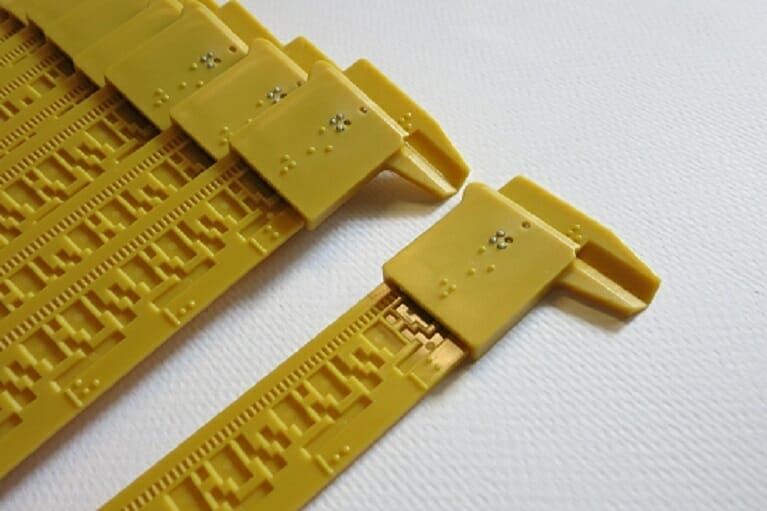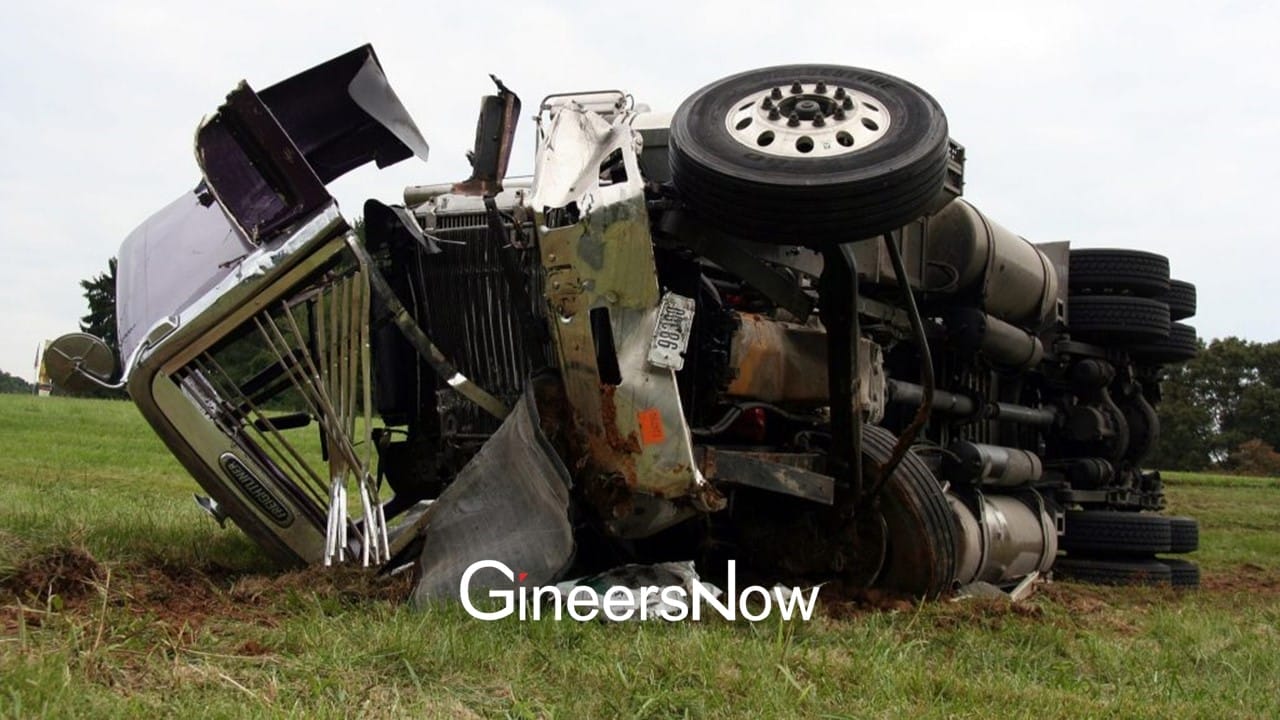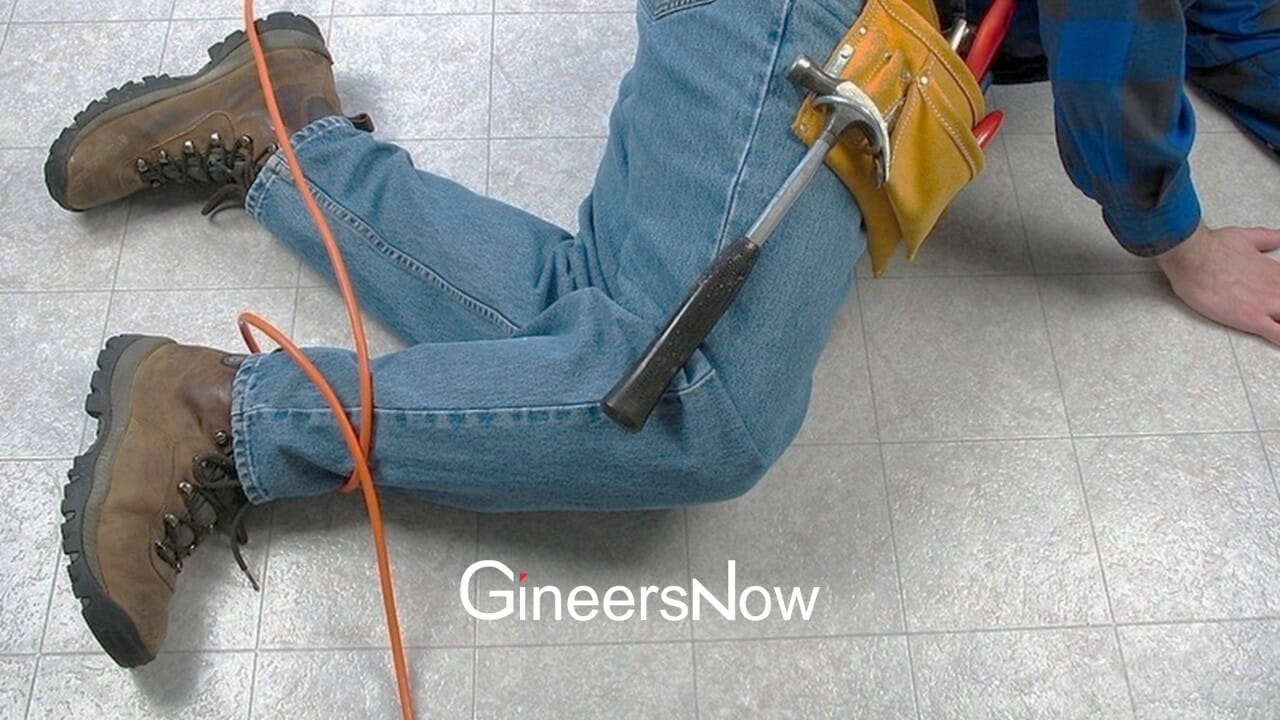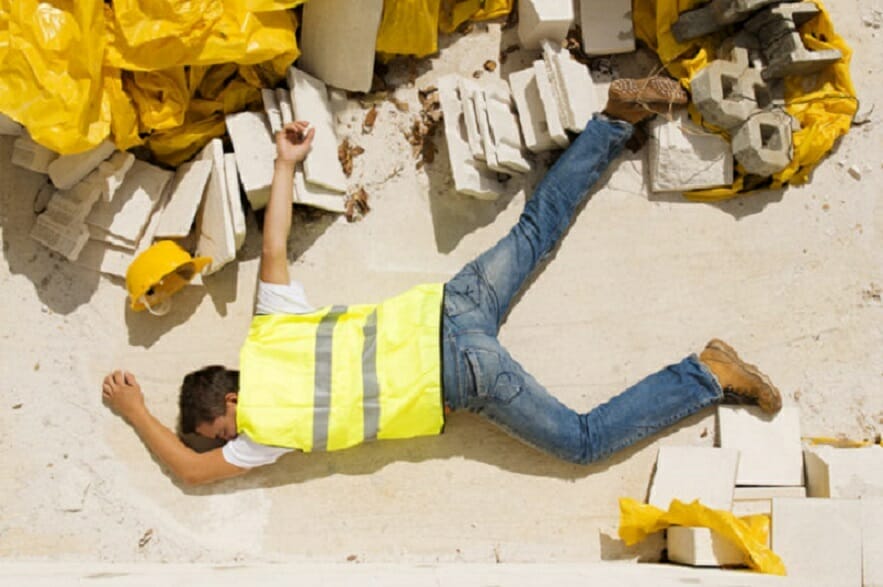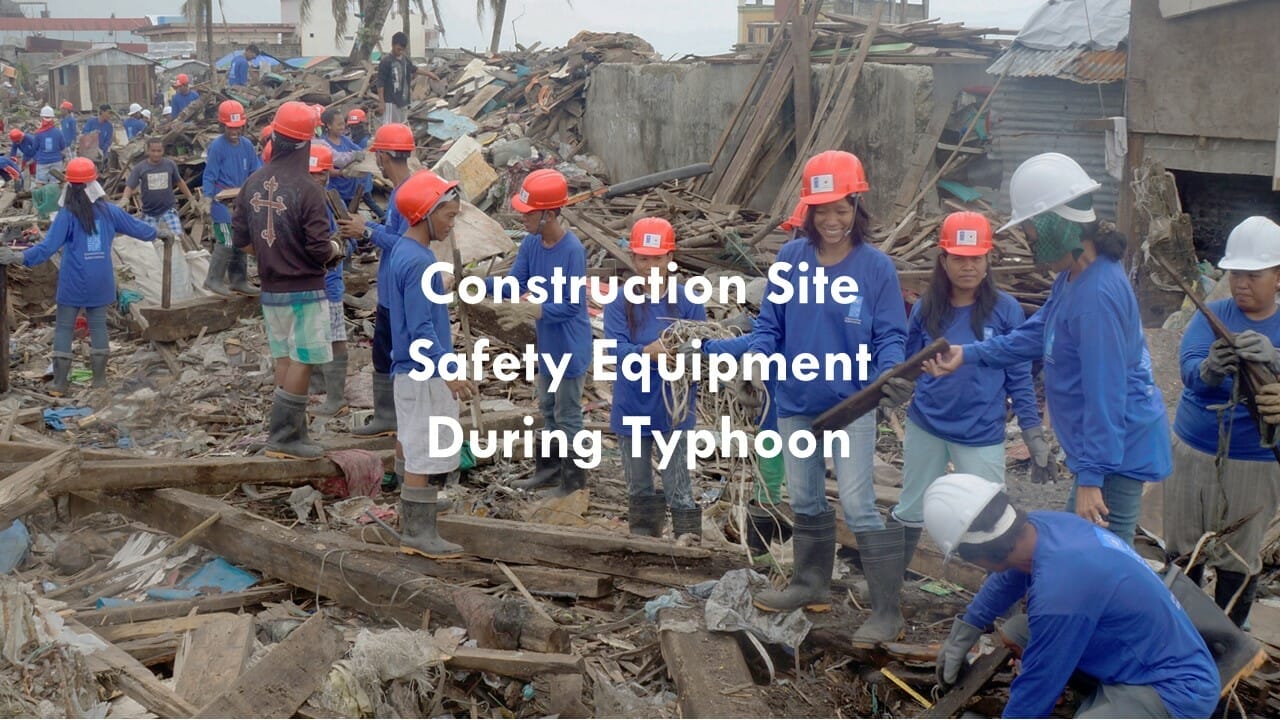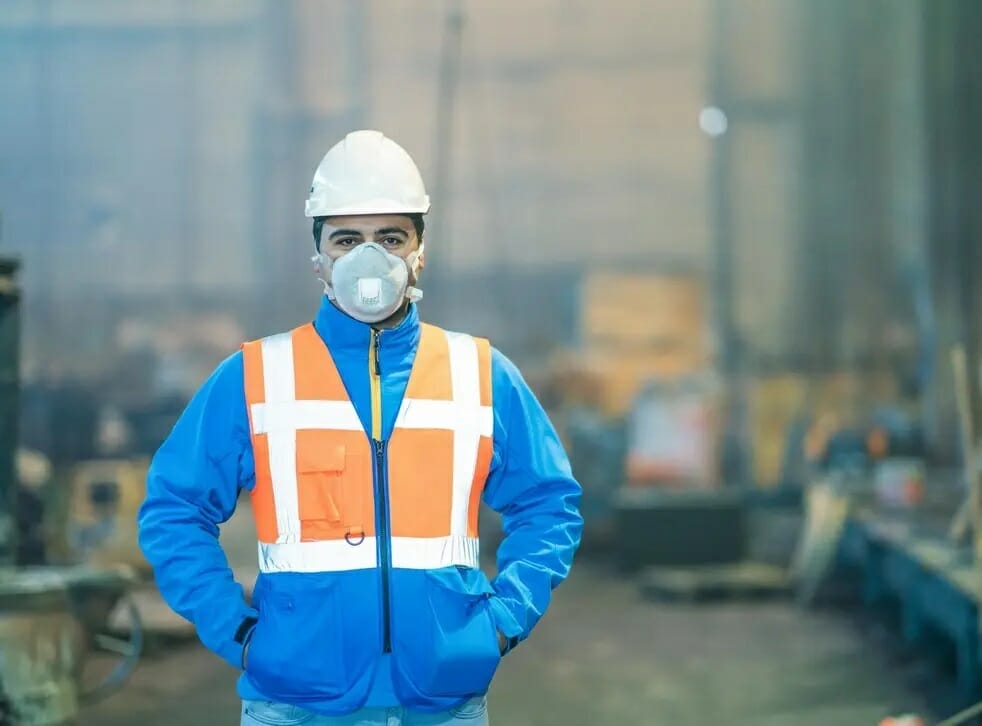Working With Heavy Equipment Means Working With Risk
According to a report on the United States Department of Labor, 5,250 employees died on the job because of work-related injuries in 2018. Twenty-one percent of the fatalities were in the construction industry.
The deaths were attributable to falling objects, electrocution, and caught in-between. The latter refers to a worker dying due to getting stuck, struck or crushed by equipment or objects.
It does not matter what level of training the operators or those on site have; there are specific safety tips to avoid injury. Here are 10 of the best ways to prevent accidents from heavy equipment.
No workplace is ever safe from accidents especially in the field of engineering. Risks and hazards are always present in all offices, sites, and laboratories where there is physical work – but construction sites have more risk to them because of heavy equipment.
Heavy Equipment Risks (Source: Heavy Metal Learning)
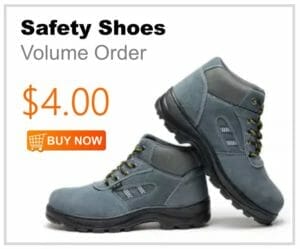
Bulky machines used in operations like cranes, forklifts, dump trucks, excavators, and bulldozers pose danger for construction workers and site engineers. A single mistake with heavy equipment could yield to serious accidents, and worse death.
There are certain types of heavy machines accidents which happen more frequently than the rest. According to the Occupational Safety and Health Administration (OSHA), about 75% of fatal accidents which are “struck-by” involve heavy equipment like trucks or cranes. This kind of accidents is one of the most common in fatal construction accidents, together with falls.
 Examples of construction accidents revolving around heavy machinery vary from workers pinned between vehicles and wall or objects, workers hit by moving machines and vehicles, workers crushed by unloading activity, to collision. They can also be toxic exposure, explosions, and spills.
Examples of construction accidents revolving around heavy machinery vary from workers pinned between vehicles and wall or objects, workers hit by moving machines and vehicles, workers crushed by unloading activity, to collision. They can also be toxic exposure, explosions, and spills.
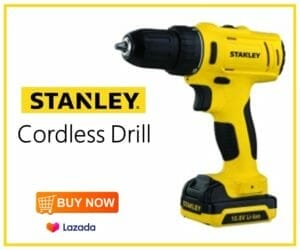
OSHA lists safety standards for machines as one of the top 10 most frequently cited OSHA violations. Important ways to change this situation include increasing awareness of safety standards through OSHA 10 training for employees, proper hiring, and overall safety in machine operations.
Heavy Equipment Hazards that Cause Injuries
The most common dangers involving heavy equipment and machinery are:
- Struck-by incidents – Struck-by incidents occur when a person is hit by a vehicle or falling or flying objects that are dislodged from a piece of equipment.
- Caught-in or -between hazards – Caught-in or caught-between accidents happen when a person, their body part/s, or clothing is caught, crushed, or pinned between equipment and other objects. These types of incidents include getting pressed into a wall by a vehicle after impact or getting one’s finger/s stuck in a machine.
- Contact hazards – This refers to other dangers that involve cuts or lacerations from sharp objects, burns from hot machinery parts, or electric shocks.
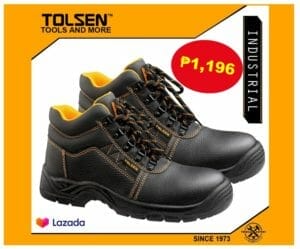
Safety Measures to Prevent Heavy Equipment Injuries
Employers, supervisors, and workers alike share the responsibility of maintaining the safety of the workplace.
- Equipment Selection
To curtail any and all issues with regard to heavy equipment, employers must select reliable and well-designed machinery that poses minimal risks. They should ensure they can acquire comprehensive and relevant information on the equipment (including maintenance requirements and safe usage) from the manufacturer. In addition, the chosen device must have built-in safety controls that:
– prevent accidental power on
– allow for emergency power off
– have a fail-safe mechanism in case of a malfunction
– are visible and easy to operate
- Risk Assessment
In addition to stringent selection processes, equipment must be subject to risk assessment. Hazards that devices pose must be identified prior to installation or use. Taking this step allows employers to ascertain measures to minimize or eliminate dangers and to put these practices into place.
- Elimination of Hazards
Removing the hazard itself is an effective move; replace it with safer and more efficient equipment. If this is not possible, design work systems to minimize the use of such devices. If the machinery in question is an essential part of operations, take extra measures to reduce the risk.

- Equipment Guards
When elimination is not an option, equipment must be fitted with appropriate guards to prevent access to hazards like rotating parts and sparks. Machine guards will protect employees from potential injury. As a rule, guards must:
– hinder contact with dangerous parts
– be secure or tamper-proof
– present no additional hazards
– not disrupt machine operations
There are four main types of guards:
– Fixed – A permanently affixed part of the machine that acts as a barrier and is designed for durability and extended use.
– Interlocked – Shuts off power automatically when it is opened, removed, or tampered with.
– Adjustable – Offers both protection and flexibility, allowing the machine to function in a variety of applications.
– Self-adjusting – Automatically adjusts itself to admit objects of varying sizes without exposing the operator to dangerous parts.
- Education and Training
Ignorance can be costly, especially when dealing with the potential dangers of heavy machinery. Operators and employees who work around heavy equipment must be informed regarding the hazards it poses. Employers and/or supervisors can disseminate this information through training, safety notices, and/or warning signs.
– Operators must be trained and/or certified. Requirements may vary depending on the piece of equipment, but one thing is clear: use must be restricted to those who have been trained to handle it. Training can either be formal (like requiring a license) or offered by a superior or an experienced worker.
– Supervisors must conduct inspections or oversee the use of work equipment from time to time. The goal is to encourage vigilance when operating heavy machinery and to make sure that employees continue to follow the set safety protocols.

- Inspection, Testing, and Maintenance
Inspect work equipment (including parts, guards, and safety mechanisms) at least once every day, ideally before operations begin. Draw up a checklist for a thorough assessment to ensure that everything is in good working order and devoid of faults and/or damage. Staff must also be instructed to report any defects or malfunctions.
Faulty equipment needs to be flagged for repairs and testing. In addition, equipment must be stored properly and the required maintenance must be performed regularly to keep the device fit for use and to prolong its life.
- Work Environment
Before work begins, certain steps must be taken to guarantee everyone’s safety on the job site.
– Thoroughly inspect equipment to determine what is suitable for use and what might require maintenance or repairs. This is particularly important after machinery has been moved to and from a site.
– Ensure a sufficient amount of space to allow for proper use and/or maneuverability.
– Visibility on work sites is crucial. Provide adequate lighting to minimize blind spots.
– Floor space should be clear of trip and fall hazards.
– Overhead and underground hazards must be identified and addressed. Clearly mark obstructions and utilities (e.g. water, gas, and electrical lines) and remind workers to maintain a safe distance from power lines and other dangers. Set up barricades to prevent accidental falls into dugout holes or trenches.

- Safe Practices During Operations
– Follow the instructions and recommendations of manufacturers. These should be covered in training. Supervision must also be in place to ensure that safety precautions are reinforced.
– Wear seatbelts. Heavy equipment operators must wear a seatbelt at all times. It secures them to their seat when moving over uneven ground, keeping them from accidentally falling off the machine. Additionally, a properly worn seatbelt can potentially save a life.
– Check blind spots. Operators must identify blind spots and make sure that these are clear before or while moving heavy equipment.
– Employ a spotter. Certain machines may drastically limit vision. A spotter can direct operators to maneuver around the area safely. Spotters must stay at a respectable distance while remaining visible.
– Do not interfere with running equipment. Workers need to take responsibility for their own safety. They should stay clear of moving parts or machinery to keep from getting caught in or struck by it.
– Do not distract operators. Operators need to focus to properly run a machine. The same principle that governs the “no texting while driving” precaution applies here.







